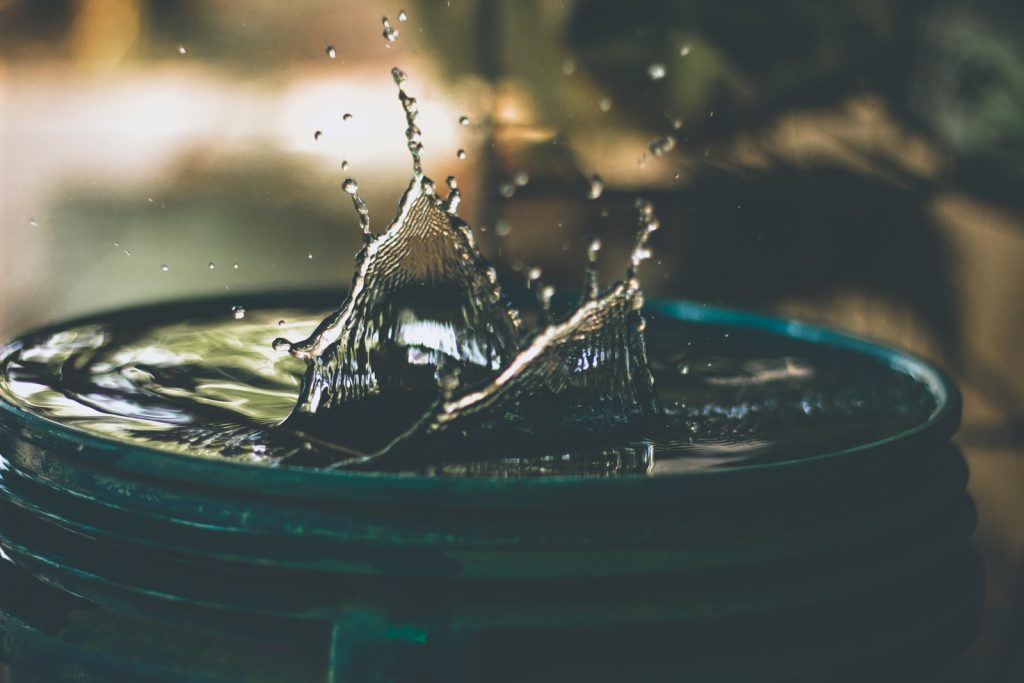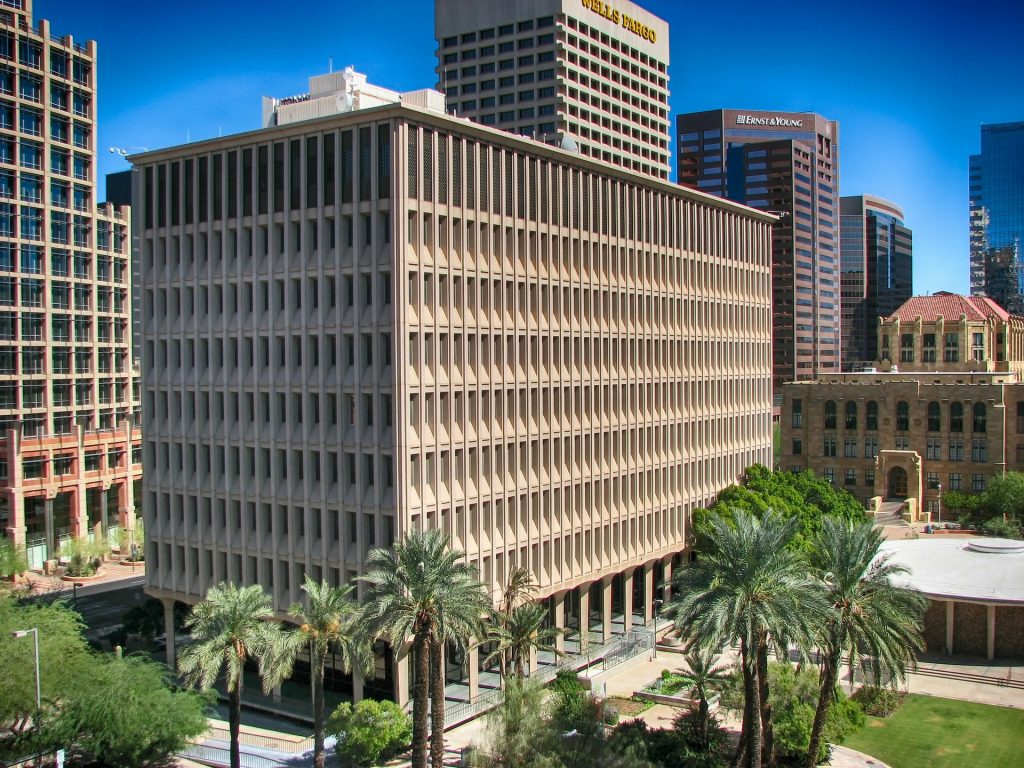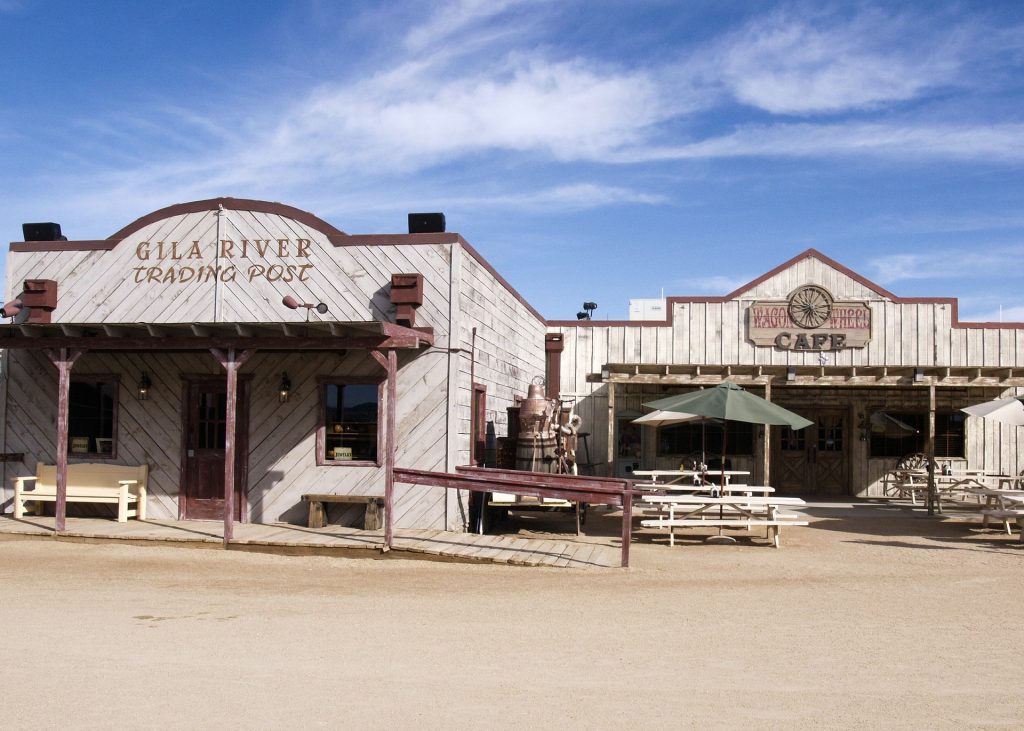Phoenix has been enduring significant drought conditions since the mid-1990s, leading many to wonder about the security of the water supply over the years and where the city’s drinking water comes from.
Over the past year, Arizona has experienced some of the driest conditions in over a century. As the state’s historic drought persists, cities like Phoenix are preparing for the future and taking extra precautions, which will include a reduction to part of the Phoenix water supply, as the Colorado River continues to dry up.
According to the U.S. Bureau of Reclamation, the current drought has resulted in a substantial drop in the water level at Lake Mead, a reservoir on the Colorado River. This will directly impact the Central Arizona Project (CAP)—one of Phoenix’s water supply projects. As a result, the city will be reducing this water supply source by 30% by early 2022.
Amid the persistent drought in Phoenix and the exceptionally dry months that have broken an over 100-year-old record, you may have found yourself wondering: Where does Phoenix get its water, and will it be enough? This article will address the water supply, drinking water sources and future mitigation plans in this desert city.
Where Does Phoenix Get its Water From?
Phoenix gets its water from three sources: surface water, groundwater, and reclaimed water.
Surface water
Surface water refers to any water coming from the surface of natural sources, such as streams, canyons, ravines, lakes, ponds, and springs.
Arizona’s Department of Water Resources has a team that specifically manages surface water and works to preserve the state’s water supply.
Groundwater
Groundwater is different from surface water as it lives under sand, rock, and gravel. In Phoenix, groundwater is accessed through wells.
In desert cities like Phoenix, groundwater is a finite resource that cannot be significantly replenished through precipitation.
Effluent (reclaimed) water
Effluent or reclaimed water is water that is treated through a sewage-treatment facility. Arizona has been reusing reclaimed water since 1926 when it was used for power generation.
Today, reclaimed water is used in Phoenix in certain settings like parks, or to water crops. It is important to note that this water is not suitable for drinking.
Where Does Phoenix Drinking Water Come From?
Phoenix’s drinking water is comprised of surface water from the Salt, Verde, and Colorado rivers, as well as groundwater from wells owned by the city.
There are two main projects that are responsible for supplying the majority of drinking water to the City of Phoenix: the Salt River Project (SRP) and the Central Arizona Project (CAP).
Salt River Project (SRP)
The Salt River project has a long history that stems back to the early 1900s. In 1903, a group of farmers formed the Salt River Valley Water Users’ Association. They used their land as collateral to take out a loan used to build a dam in Tonto Basin.
In 1917, the group signed a contract with the U.S. federal government to gain control over SRP’s water and power generation plants. In the years that followed, the group built and improved several dams along the Salt River to facilitate the need for a reliable water supply.
Today, the SRP is responsible for providing much of Phoneix’s surface water supply, which is delivered to a large service area via canals and pipelines from the Salt and Verde rivers.
Central Arizona Project (CAP)
The Central Arizona Project (CAP) is 336 miles long and delivers surface water from the Colorado River to Phoenix, as well as other parts of central and southern Arizona.
CAP was built as part of the Colorado River Basin Project Act, which was signed in 1968. As a result of the CAP system, the most populated areas of Arizona were able to access this surface water and the use of groundwater was reduced. CAP became the most substantial renewable water source in Arizona.
What do Phoenix’s Water Conservation Efforts Look Like?
As Phoenix is a desert city, it is prepared to deal with drought and has been doing so for more than 100 years. More recently, over the last few decades, the city was able to reduce water demand by about 30%, despite seeing a growth in population since the 1990s. This was achieved through various efforts including the following:
Efficient appliances and fixtures
Building homes that use water-saving appliances and plumbing is one aspect that has contributed to water conservation efforts in Phoenix in recent years. And these measures are not exclusive to homeowners. Industrial and commercial building owners in Phoenix have also made the move towards these types of water- and energy-efficient appliances and fixtures.
Landscaping measures
Implementing landscaping measures that require the prioritization of drought tolerant plants is another effort put in place by the City of Phoenix to reduce unnecessary water use. Landowners have been ditching lawns and plants/shrubs that require a significant amount of water to thrive, in favor of different groundcover options and plants that do not require much water.
Educating the public
The city has also attributed the reduction in water demand to creating opportunities to educate citizens about water conservation through city programs. The City of Phoenix promotes living a desert lifestyle.
Endnote
Phoenix’s overall water supply is comprised of surface water, groundwater, and reclaimed water, with reclaimed water being used only for specific purposes such as for crops. Over the years, a number of efforts have been made to improve the water supply in the city and strengthen conservation efforts through educating the public and adopting more efficient ways of living.
The two main projects that contribute to Phoenix’s drinking water supply are the Salt River Project (SRP) and the Central Arizona Project (CAP), each providing significant renewable water sources. As of late, however, CAP is being negatively impacted by low water levels in the Mead River, which will result in a 30% reduction in the water supply by early 2022.
[related_posts_by_tax posts_per_page="3" format="thumbnails" image_size="medium"]










